 Talent Fueller Interview with Katarina Fidler, Carillion.
Talent Fueller Interview with Katarina Fidler, Carillion.
“Talent Fueller” is our name for individuals who are working to keep, support and fuel female talent whether part of their role or ‘off the side of their desk.’
Kat Fidler is the general manager of Sky Blue Solutions, part of leading integrated support services group Carillion, which provides recruitment and resource solutions to the UK construction and services sectors. She initiated and led the creation of the Carillion working mums network which quickly grew from being a small self-help group to a network with 200 plus members, senior sponsorship and influence on policy.
Why a ‘working mums network’ at Carillion?
The working mums network was triggered in part by my own experiences. I wanted to create a support network for others through shared experiences. This rapidly evolved into an opportunity to shine a light on some of the issues that female colleagues face, including career progression, at the point they become parents.
Having evolved from a traditionally male-dominated construction environment, Carillion’s policies at that time focused mainly on managing individual areas such as pregnancy and maternity leave rather than the broader gender agenda. When I was pregnant, I was overwhelmed with a well-intentioned attitude, mainly from male colleagues, which said ‘when you have a baby you won’t be interested in coming back’ or ‘you might come back on a part-time basis but your priorities will be elsewhere’. It painted the picture to me and others that if you are having a baby, you won’t be here, and if you are you won’t be in the running for anything else.
I took one year off on maternity leave and returned to a very supportive environment, driven by my line manager at the time. However I still found the process of becoming a working mum difficult. Putting aside the logistical and planning challenges of a family with two full-time working parents, after a year out I felt my concentration span was much shorter and my ability to get my point across was a little rusty. I realised how valuable it was to have a group that working mums can turn to when they go through pregnancy and return to work simply to talk about some of these quite personal insights and worries. If someone had told me at the time that you have this period of transitioning and adjustment, I’d have stopped worrying about it quite as much.
Creating this peer support for other women in Carillion was the primary reason for the working mums network.
Leadership sits up and takes notice
These difficulties associated with maternity transitions had not previously been highlighted but now diversity and inclusion is firmly on senior leadership’s agenda. Importantly, it is embedded in sustainability targets in the business strategy. Managing motherhood has been recognised as an important sub-element of our gender agenda. The working mums network was soon seen as an opportunity to get grass-root level insights into the issues faced by working mums which can inform senior-level decision making.
Therefore, there has been strong senior sponsorship for the network from the start. This was really important because sometimes there is a risk that these types of groups can be mis-understood and seen as ‘whinging forums’, if taken out of context. The activity of the network started with a comprehensive piece of research to understand the landscape of working mums in Carillion: what Carillion has to deal with; what Carillion working mums have to deal with; national statistics; and best practice from other companies.
The research evolved into a set of recommendations, broadly around flexibility, maternity pay, line management support and processes.
Working mums network influencing maternity policy
Carillion’s senior leadership team considered the recommendations and asked the network to work up proposals for revised maternity pay. As well as considering responses from our research, we benchmarked Carillion against other companies in the UK – across all industries. We considered the financial implications to the business and proposed a balanced range of options. Our senior leadership team acted swiftly to approve a positive change and Carillion now offers 12 weeks full pay and then an additional six weeks at half pay. This is miles ahead of our competitors in both construction and services sectors, many of which offer the legal minimum.
Personalising maternity time
Our research also highlighted that there was an opportunity to recognise the emotional richness of what employees experience at maternity time. We felt that connecting with employees in a positive way would help to drive further loyalty to Carillion. The maternity process is under a full review in order to personalise some of the key touch points.
For example, the network has recently trialled sending a copy of a book, Mothers Work! to women who are due to return from maternity leave with a personal note to let them know that Carillion is keen for them to return and will support their transition back to work. The feedback has been really positive. We’ve had people posting messages on our internal social network saying how valued it made them feel. Taking the time to write the card and send the book is an inexpensive thing to do for an awful lot of value; it alleviates the worry about returning back to work as a mum and increases motivation to come back and put value into the business.
Star awards for line managers
Carillion has recognised the need for flexible and agile workforce even before the working mums research highlighted flexibility as one of the key enablers for working mums careers. As a result our flexible working policy was revamped to offer a lot of scope to recognise and make the most of our people’s talents. In the survey we did across the working mum population at Carillion we found we had pockets of excellence where line managers were being really quite creative with how they manage their teams and how much difference it made to the morale, loyalty and discretionary effort of their staff.
We wanted to shape line manager behaviour by highlighting good practice which is making a positive difference. We asked our members to nominate their managers for a Star Award. There have been some really touching stories where line managers had gone beyond the call of duty, not only to show support to their female employees but also to demonstrate openness and creativity in the application of the policy. These managers fly the flag not just for working mums but also for a balanced approach to work by sending a message that it’s ok to be supportive and it’s ok not to be driven by ‘bums on seats’ but by output instead.
What’s next?
The working mums network activity has only just began. The next steps are to increase the depth and breadth of what we do with our members and their line managers. Our evolution has to incorporate support for working dads and carers. The network is also represented in a Carillion-wide Diversity Group which gives working mums the opportunity to influence strategic action behind Carillion’s diversity and inclusion strategy.

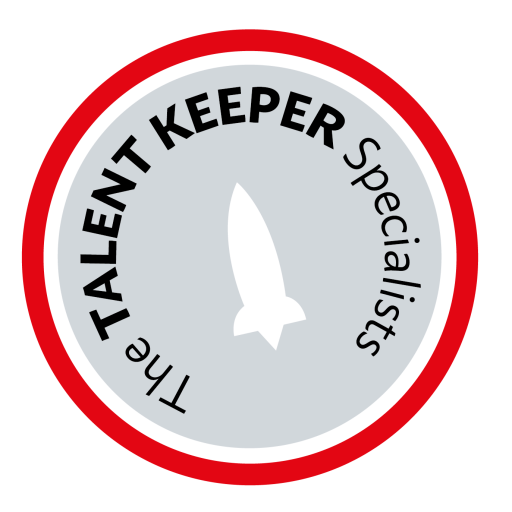
 Founder of the 30% Club, ex-CEO of Newton Asset Management and mother of nine, Helena Morrissey is full of sage advice for business leaders and women who want to see gender balance in the workplace in her book “A Good Time to Be a Girl”. One of our favourite extracts is the re-counting of Andy Haldane’s advice on how to increase diversity in teams.
Founder of the 30% Club, ex-CEO of Newton Asset Management and mother of nine, Helena Morrissey is full of sage advice for business leaders and women who want to see gender balance in the workplace in her book “A Good Time to Be a Girl”. One of our favourite extracts is the re-counting of Andy Haldane’s advice on how to increase diversity in teams.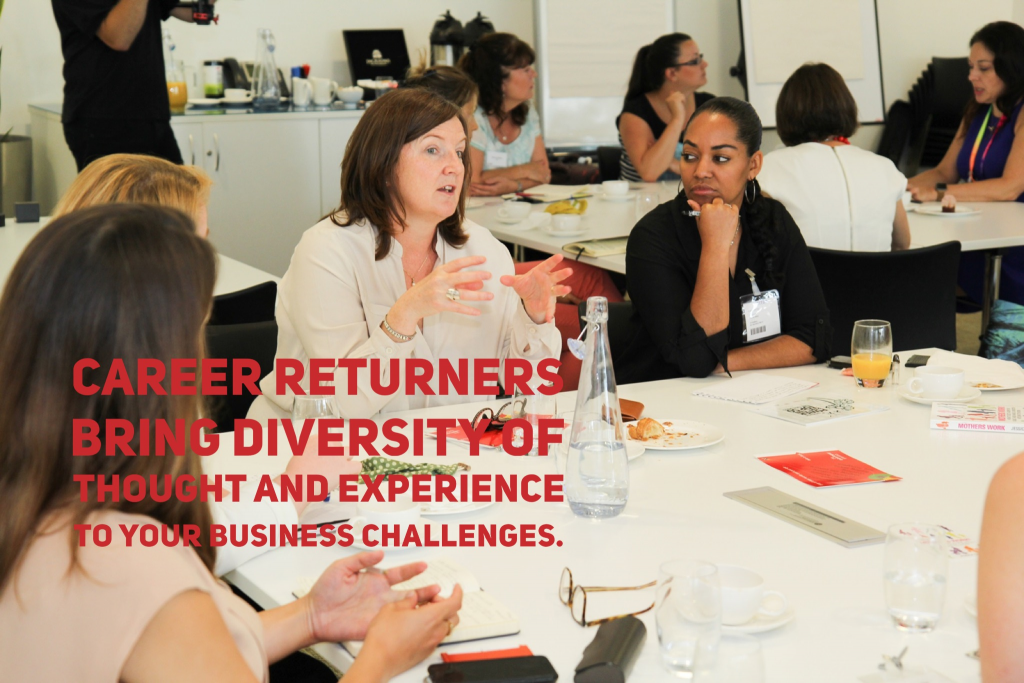
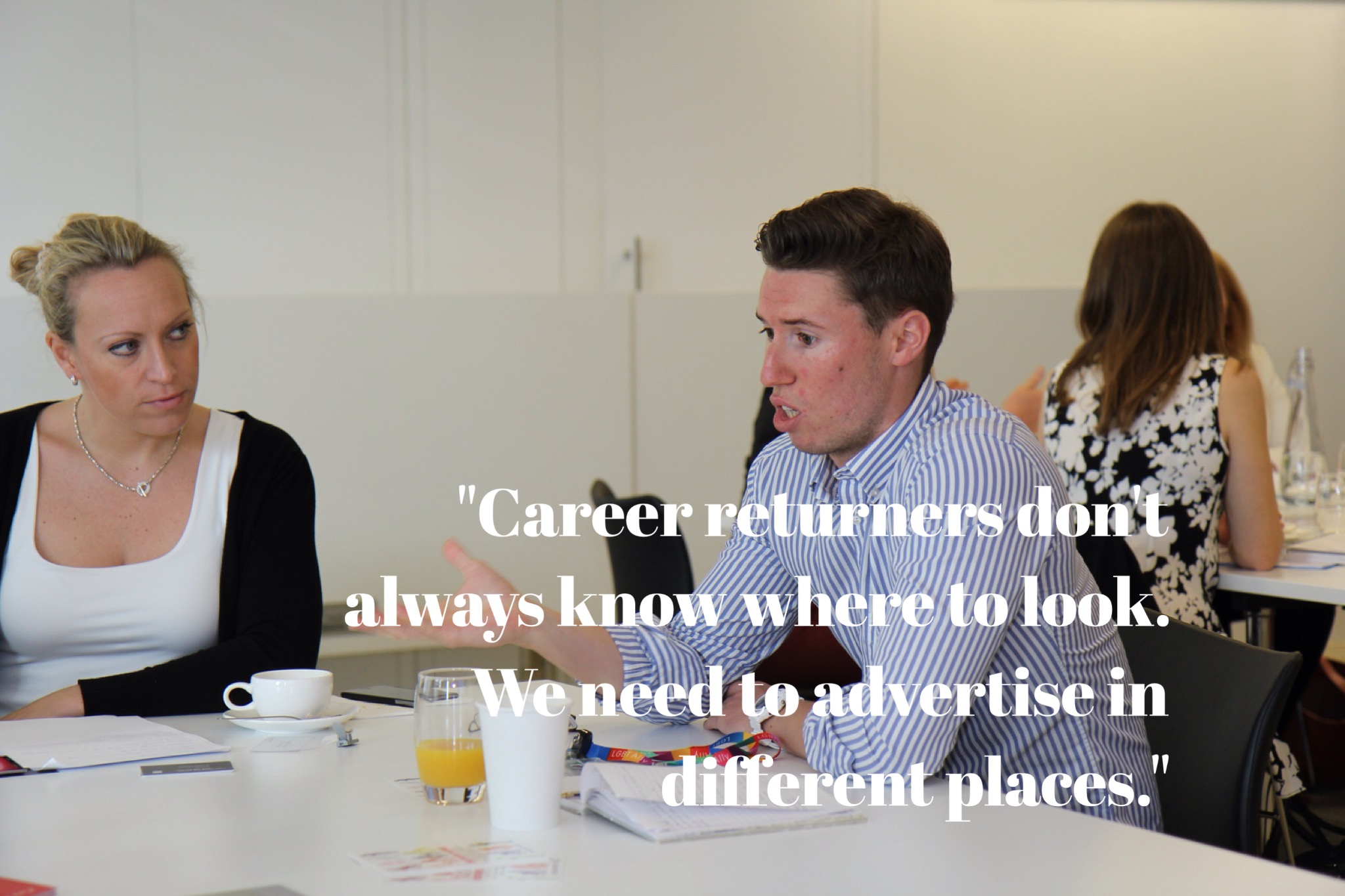
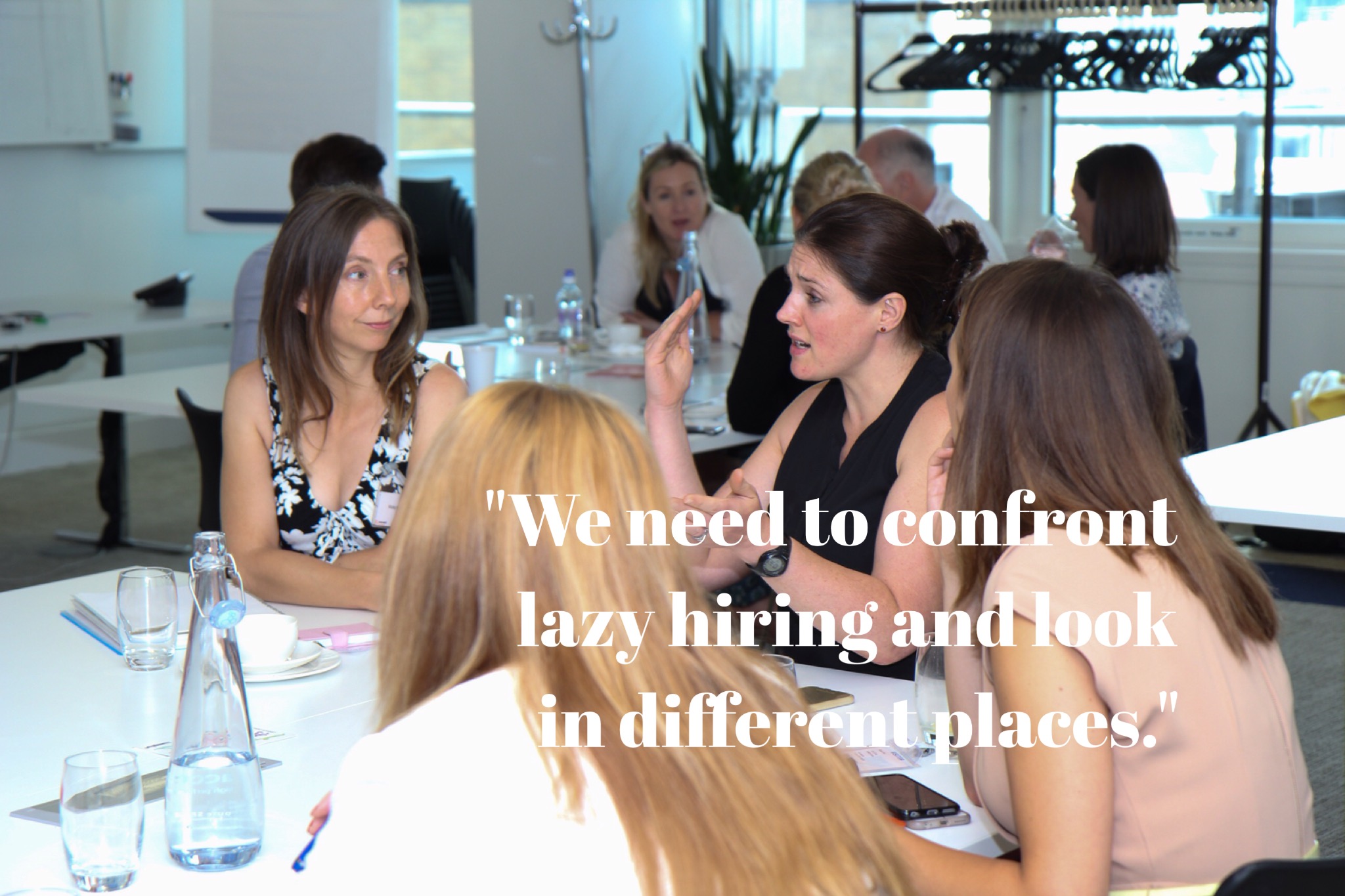
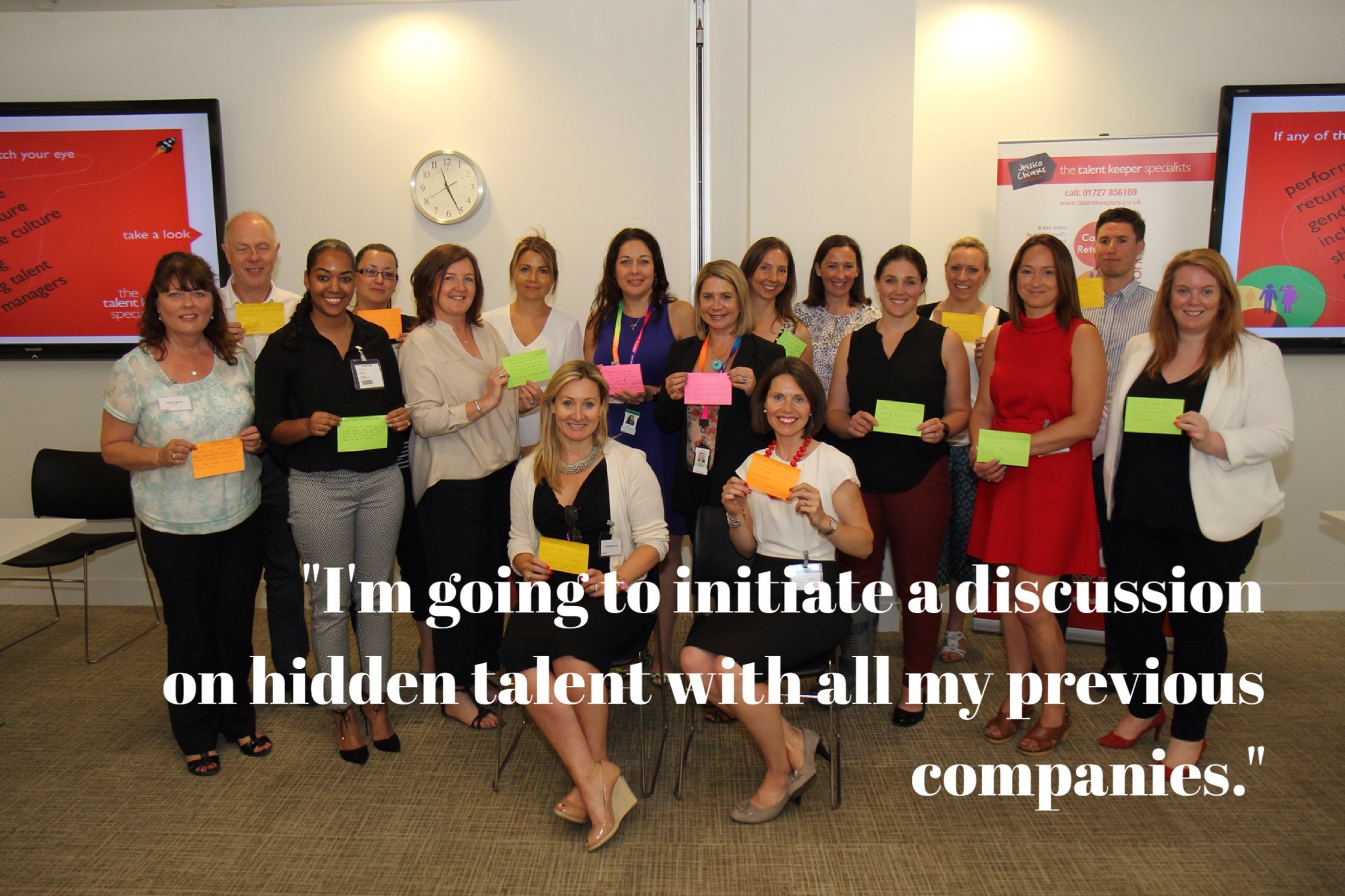


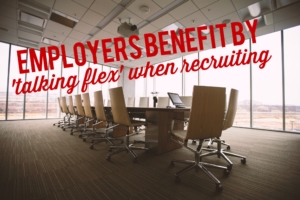


![Tracey_Groves[2]](https://www.talentkeepers.co.uk/wp-content/uploads/2014/08/Tracey_Groves2.jpg)